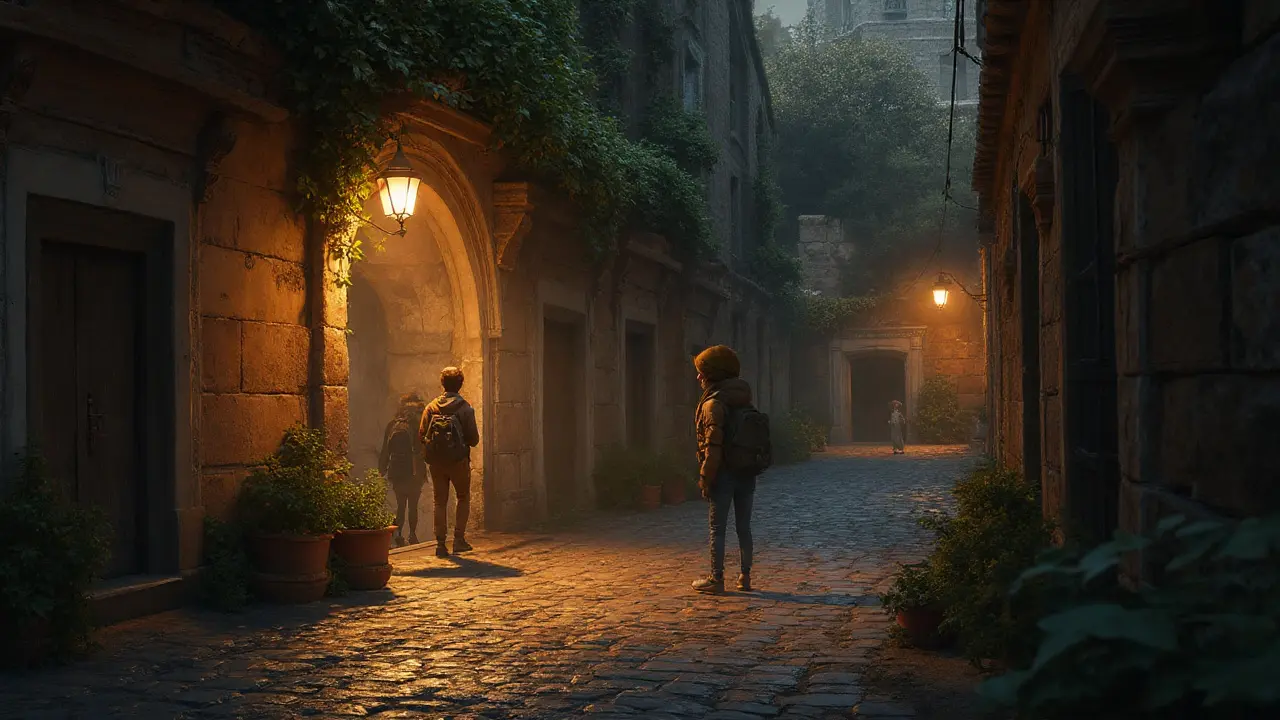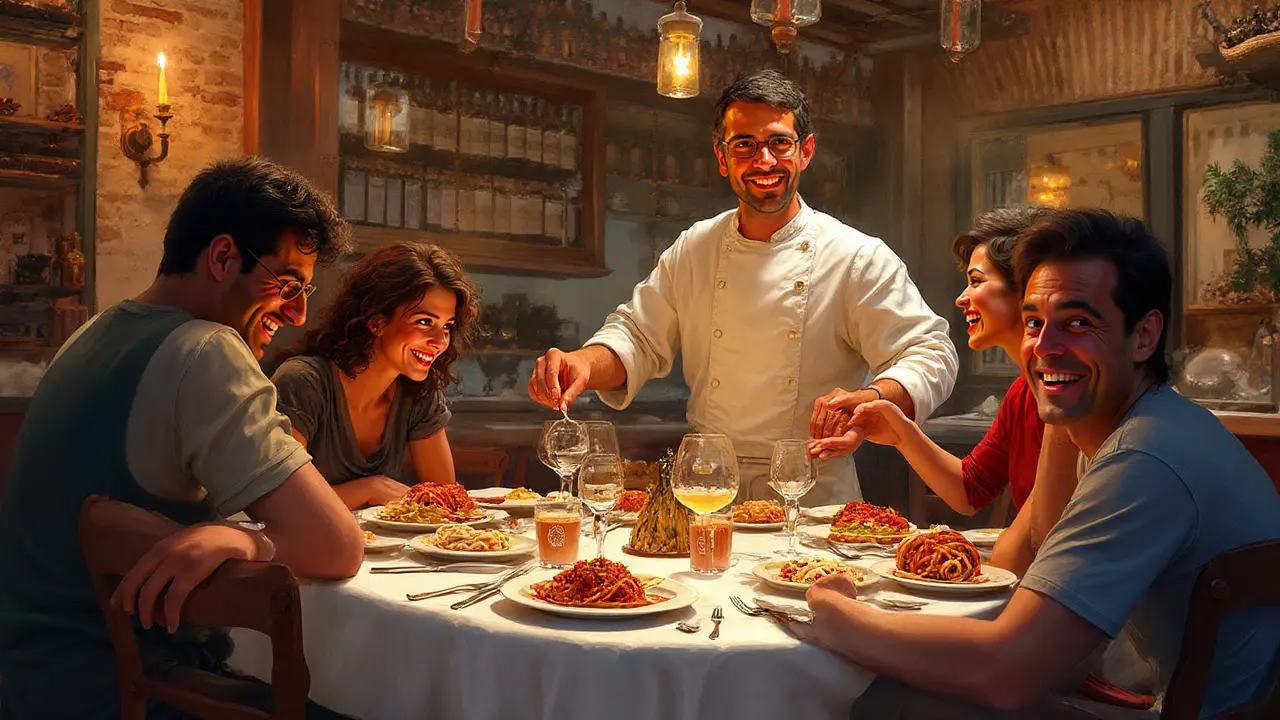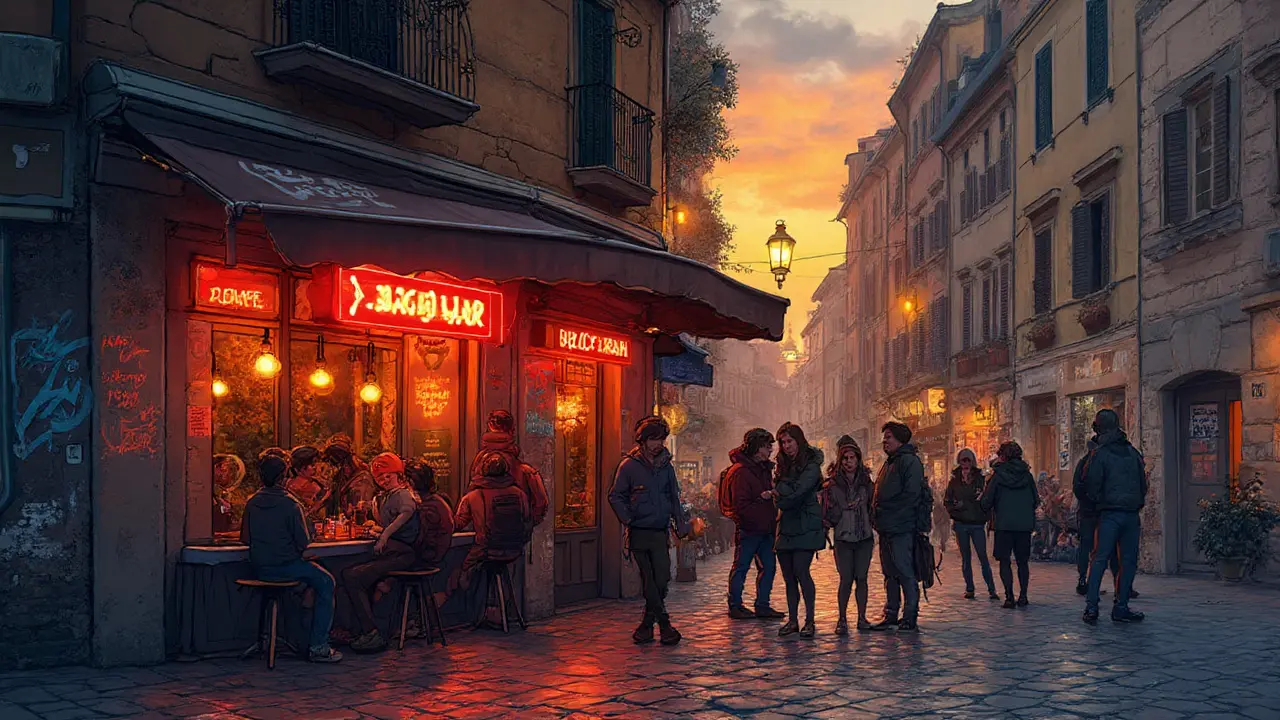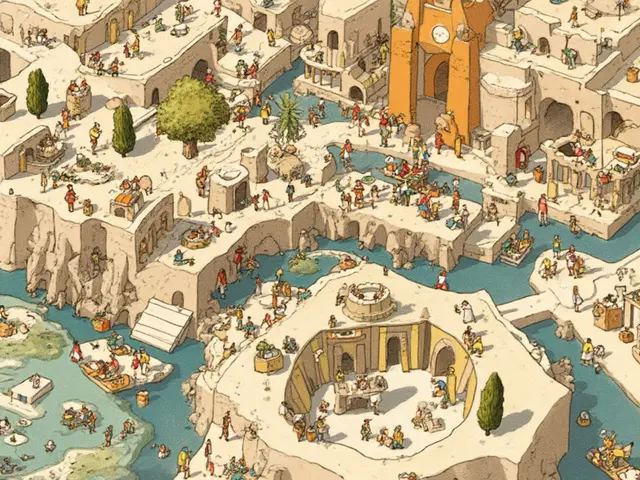
Ever wondered if Rome is just a living museum, frozen in time with its ancient wonders and swarms of selfie-snapping tourists? That’s only half the truth. This city has layers like a lasagna cooked by a stubborn Nonna – rich, a little messy, and always way more satisfying than you expected. If you know where to look, Rome bursts with secret slices of daily life, late-night excitement, quirky traditions, and enough surprises to turn even the most touristy day into something epic. The ruins are mind-blowing, no doubt, but there’s so much happening in the cracks between cobblestones that you can go home feeling like you actually lived Rome instead of just ticking off postcard spots. Ready? Grab an espresso and blot the sweat off your forehead. It’s time to dig into the real heart of the Eternal City.
Beyond the Coliseum: Hidden Gems and Real Treasures
Sure, the Colosseum looks surreal up close, and yes, you’ll want that photo. But unless you want to spend your Roman holiday elbow-wrestling crowds, venture into the half-forgotten corners instead. Campo de’ Fiori wakes early with blustering market sellers, pushing bread fresh from the forno and artichokes that look straight from a Caravaggio painting. Skip the overpriced stalls and hunt for nonna’s secret cherries or genuine pecorino – locals don’t bite, and they love a good food chat if you try your bad Italian.
Most folks have heard of the Vatican, but did you know Rome hides over 900 churches? Santa Prassede sits just besides the raucous Santa Maria Maggiore, almost empty, glowing with a thousand-year-old mosaic you can have to yourself. Or take a wrong turn in Trastevere and stumble into Santa Cecilia, where a medieval crypt dips below street level with a stillness that even Instagrammers respect. Want your own Gladiator moment? Ditch the mobs and visit Baths of Caracalla right before sunset, when broken arches soak up orange light and the city’s noise drops to a whisper. No lineups. No tour guides with headsets. Just echoes of ancient splash fights and maybe a black cat or two patrolling the stones.
Ostia Antica is Rome’s answer to Pompeii, 30 minutes by train, with weed-fringed streets and abandoned taverns that cost a fraction of the big-name ticket. Walk the ferry port’s stones, read faded graffiti, and picture the lost buzz of traders and sailors calling it home. Bring a picnic and stay until closing, when the buzz dies down and it feels like you’re a time traveler lost in history. Keen for something really off the wall? Seek out Quartiere Coppedè – just a cluster of crazy Art Nouveau apartment blocks north of the center, where stone frogs guard fantasy houses and lamp posts spill over with iron spiders. Not a soul’s here, and you’ll wonder why nobody talks about it. This is the part of Rome where reality warps a little, perfect for dreamers and weirdos alike.
The city’s parks are the get-out-of-jail card for monument fatigue. Villa Borghese is Rome’s Central Park but with Romanesque fountains and casual gelato pushers. Rent a rickety rowboat or people-watch at the Galleria Borghese’s sculpture garden. If you want pure local vibes, sneak off to Villa Ada or Villa Pamphili, where runners dodge old men playing bocce and politicians plot over espresso. Try renting a city bike at evening golden hour; you’ll likely crisscross a wedding shoot, a hip-hop flash mob, and a whiff or two of weed from a giggling picnic crowd. Pro tip: look for tartufo at Cafe Della Pace, near Piazza Navona, and don’t ask for whipped cream unless you want to be scolded by a perfectionist waiter.

Cuisine, Coffee, Cocktails: Eating and Drinking Like a Roman
Think Roman food is just pizza and carbonara? Think again. Rome’s got four classic pasta dishes (carbonara, amatriciana, cacio e pepe, and gricia) and if your plate lands at the table with cream mixed in, politely leave and don’t look back. The best carbonara won’t drip oil; it’s creamy from egg, kept piping hot, and loaded with crunchy guanciale (pork cheek). Testaccio, once home to the city slaughterhouse, is where you get the boldest flavors—try oxtail stew or deep-fried artichokes at places packed with blue-collar locals. Walk into Da Felice for cacio e pepe, where servers mix peppery cheese pasta right at the table. Feeling bold? Order pajata—a gutsy dish made from veal intestines—in a scrubbed-down trattoria and you’ll walk out with a new respect for Roman taste buds.
Don’t rush coffee in Rome; it’s a daily ritual, not a caffeine fix. Brewed strong, served standing up, and downed in seconds—this is not the time for venti to-go cups. Sant’Eustachio and Tazza d’Oro, both by the Pantheon, pull shots so thick you’ll swear there’s chocolate in there (there isn’t, but it’s all in the roast). Mornings belong to cappuccino, but after 11 a.m., it’s espresso time—order a milky coffee after lunch and expect some eye rolls. Pick up maritozzi, those sweet cream buns, at a bakery and eat without shame, preferably licking the filling off both hands.
Evenings in Rome kick off early with aperitivo. Picture iced Negronis or sharp spritz, a small plate of crisps or olives, and a crowd that looks like it just stepped out of a Fellini flick. Monti, a buzzy, bar-packed neighborhood, starts its engine around 7 p.m. Blackmarket Hall has mood lighting and vinyl DJs, while Urbana 47 whips up cocktails with outlandish names. Trastevere overflows with street music, craft beers at Ma Che Siete Venuti a Fa, and late-night pizza slices at Ivo. Want the real Roman nightlife? Cross the Tiber to Testaccio. After midnight, street food trucks pop open hatches for fried cod and crispy suppli while locals spill out of clubs like Coyote and Caruso, keeping the party rolling till sunrise. Not big on clubs? Find a rooftop bar—Eitch Borromini has epic dome views, and Terrazza Borromini serves drinks with basil sprigs and smug sunsets for the price of a regular cocktail down below. Rome loves a night owl, so pace yourself. Pro tip: the city’s fountains are safe to drink from, so fill your bottle and thank the ancient aqueduct engineers for keeping you hydrated.

Living and Breathing Rome: Local Rituals, Street Life, and Festivals
Forget the tourist playbook—Rome is best lived at street level. Skip the front seat on a double-decker bus and use your own two feet (or the battered city buses that shudder and groan but somehow get you where you need to go). Romans are expert jaywalkers, and it’s a sport here—just move with confidence, keep eye contact with drivers, and try not to pause.
The city wakes gradually, with shutters cracking open and mopeds kicking up dust. Daily life still revolves around the neighborhood piazza. Grab a plastic chair in Piazza Santa Maria in Trastevere, where teenagers still flirt over gelato and grandmothers gossip about neighbors’ laundry. Campo de’ Fiori squares up for a morning market, and by 2 p.m. it transforms into a lazy suntrap for loiterers and dog-walkers. Mid-afternoon belongs to the siesta, when everything but tourist shops shuts down. Don’t fight it—snag a shady bench under a pine and do nothing. Eventually, the energy flips: the city pulses back to life, cafes fill, and vespas dart everywhere like caffeinated bees at dusk.
Ritual plays a big role in daily life. Thursday means trippa (tripe stew) at the trattoria, and spring brings the Rome Marathon, where runners in gold togas stumble past fans waving espresso cups. Easter week is a city-wide spectacle—flash mob ‘Via Crucis’ processions crawl past the Colosseum, candles flicker in tight alleys, and the Vatican packs for midnight vigils. Not into crowds? May Day’s a blast, with the free rock concert at San Giovanni pulling rebellious teens and boomers alike, moshing under ruins that watched emperors bleed.
Rome’s street life packs dozens of mini-scenes into every hour. Watch old men arguing over calcio at Piazza Navona, hip-hop skaters sliding down Spanish Steps (ignore the signs), and nuns ducking into pasticcerias while gangs of children chase pigeons. The Tiber Island Festival each summer is a nighttime river spectacle with pop-up cinemas, street eats, and boat rides through the city’s inky heart. Roman autumn offers white truffle fairs in outlying neighborhoods—go for the shavings, stay for the accordion serenades. And ever heard of the cats at Largo di Torre Argentina? Dozens roam the ruins, kept fat and happy by volunteers; you can actually adopt one if you fall in love.
The best tip? Ditch the itinerary at least once and just follow your nose. Try saying “buongiorno!” to a stranger, or stop for a random church that catches your eye. You’ll stumble into photo shoots, open-air concerts, or a block party you didn’t know existed. Don’t be surprised if you walk past Caravaggio’s real paintings hiding in plain sight, or a street poet reciting Neruda under a gas lamp. Rome rewards the curious and the slow walker. Burn your plans and let the city take you for a spin—because the best experiences really do await, and no two days are ever the same.


